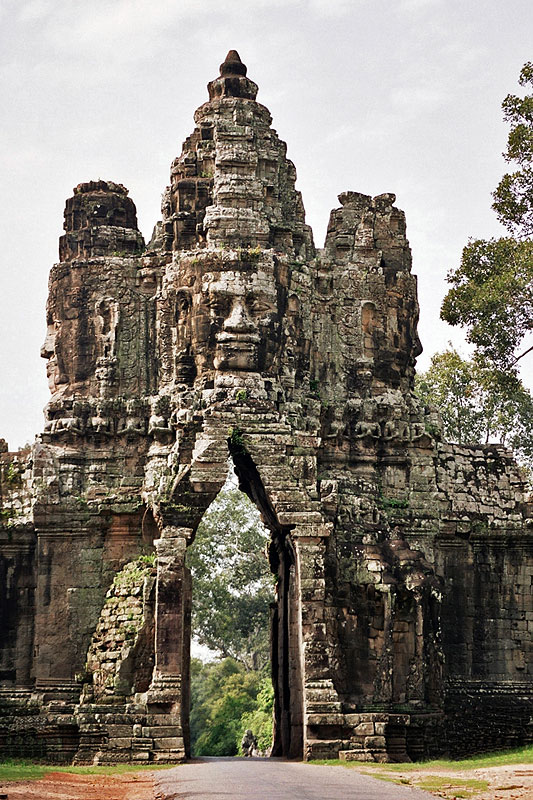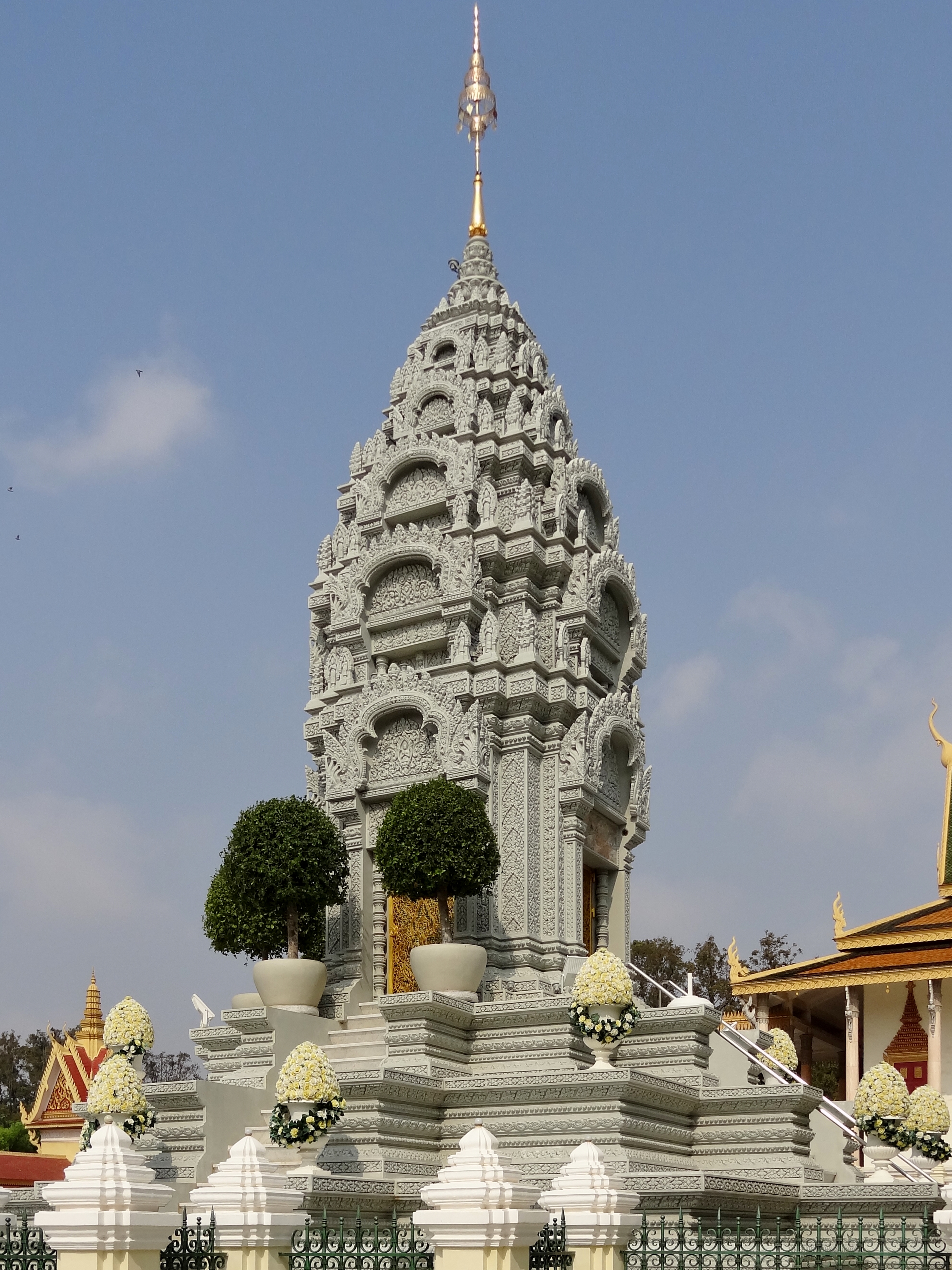|
Inner Cambodia
Inner Cambodia was a historical region in present-day Cambodia that was under the direct rule of Siam (Thailand) between 1794 and 1907. It covered much of north-western Cambodia, and included, most significantly, the cities of Phra Tabong, Siemmarat and Si Sophon (now known by the Khmer names Battambang, Siem Reap, and Serei Saophoan). The region was ruled by a Bangkok-appointed governor who held the title Aphaiphubet, and was incorporated under the ''monthon'' administrative system in 1891, becoming known as Monthon Burapha in 1900. The territory remained under Thai control until 1907, when it was ceded to France and incorporated into French Indochina. The region was again briefly annexed by Thailand during the Second World War from 1941 to 1946. Establishment of Siamese rule In the late 18th century, post-Angkor Cambodia was much weakened against its neighbours Siam to the west and Vietnam to the east, who fought for influence over the smaller country. Following factional ... [...More Info...] [...Related Items...] OR: [Wikipedia] [Google] [Baidu] |
Angkor
Angkor ( , 'capital city'), also known as Yasodharapura (; ),Headly, Robert K.; Chhor, Kylin; Lim, Lam Kheng; Kheang, Lim Hak; Chun, Chen. 1977. ''Cambodian-English Dictionary''. Bureau of Special Research in Modern Languages. The Catholic University of America Press. Washington, D.C. Chuon Nath Khmer Dictionary (1966, Buddhist Institute, Phnom Penh). was the capital city of the Khmer Empire, located in present-day Cambodia. The city and empire flourished from approximately the 9th to the 15th centuries. The city houses the Angkor Wat, one of Cambodia's most popular tourist attractions. The name ''Angkor'' is derived from ''nokor'' (), a Khmer language, Khmer word meaning "kingdom" which in turn derived from Sanskrit ''nagara'' (), meaning "city". The Angkorian period began in AD 802, when the Khmer people, Khmer Hinduism, Hindu monarch Jayavarman II declared himself a "universal monarch" and "Devaraja, god-king", and lasted until the late 14th century, first falling under Ayut ... [...More Info...] [...Related Items...] OR: [Wikipedia] [Google] [Baidu] |
Wat Phra Sri Rattana Satsadaram 06
A wat (, ; , ; , ; ; , ) is a type of Buddhist and Hindu temple in Cambodia, Laos, East Shan State (Myanmar), Yunnan (China), the Southern Province of Sri Lanka, and Thailand. Etymology The word ''wat'' is borrowed from the Sanskrit ''vāṭa'' (Devanāgarī: वाट), meaning "enclosure". The term has varying meanings in each region, sometimes referring to a specific type of government-recognised or large temple, other times referring to any Buddhist or Hindu temple. Overview In Buddhism, a ''wat'' is a Buddhist sacred precinct with vihara, a temple, an edifice housing a large image of Buddha and a facility for lessons. A site without a minimum of three resident ''bhikkhu''s cannot correctly be described as a wat although the term is frequently used more loosely, even for ruins of ancient temples. As a transitive or intransitive verb, ''wat'' means to measure, to take measurements; compare ''templum'', from which ''temple'' derives, having the same root as ''templa ... [...More Info...] [...Related Items...] OR: [Wikipedia] [Google] [Baidu] |


